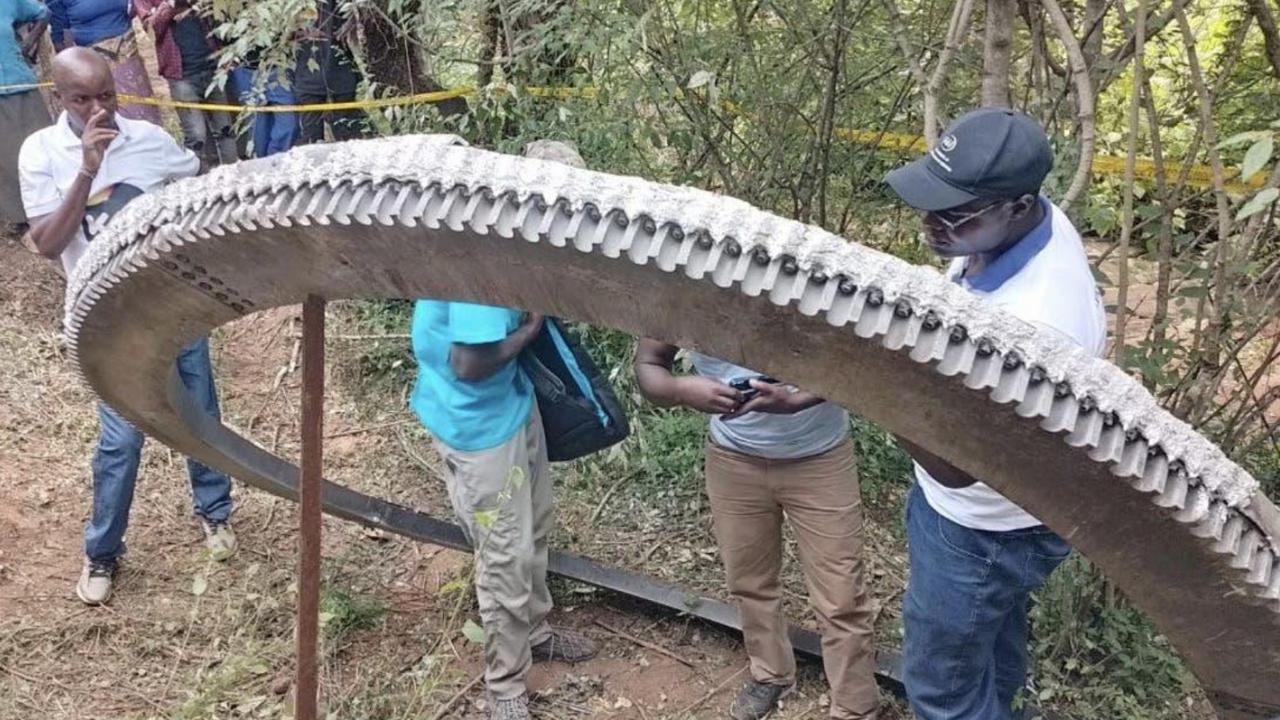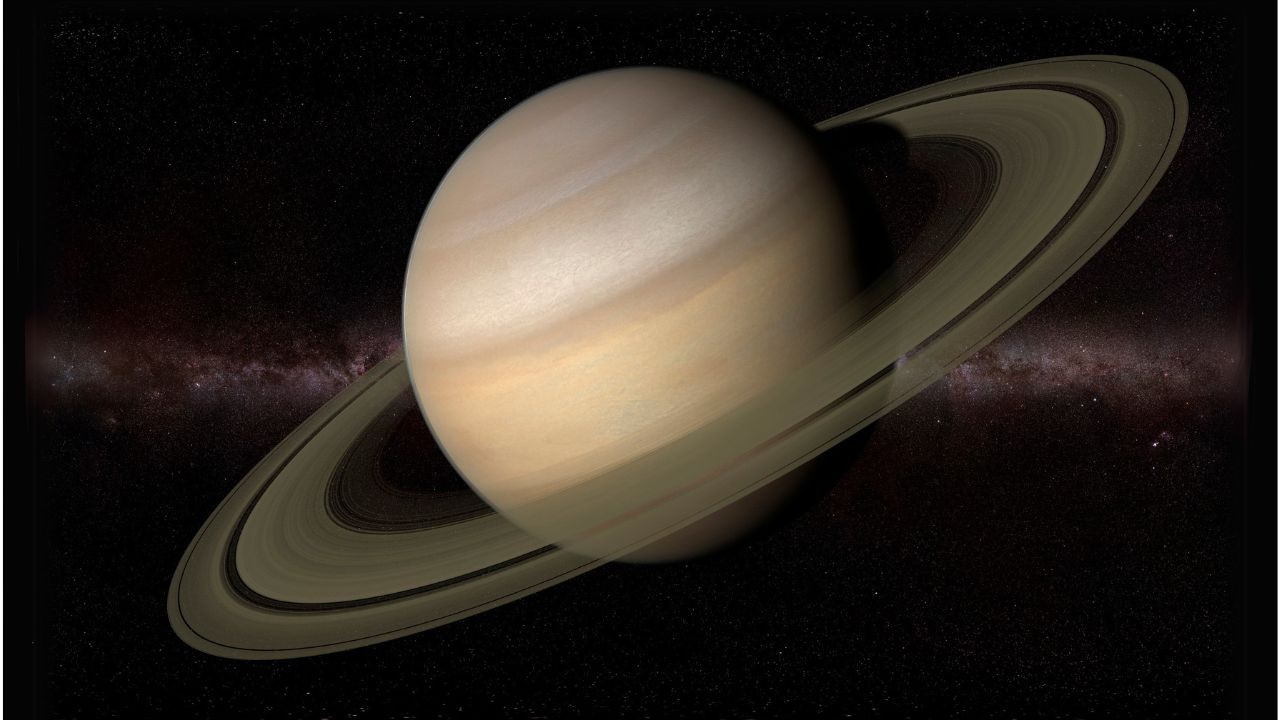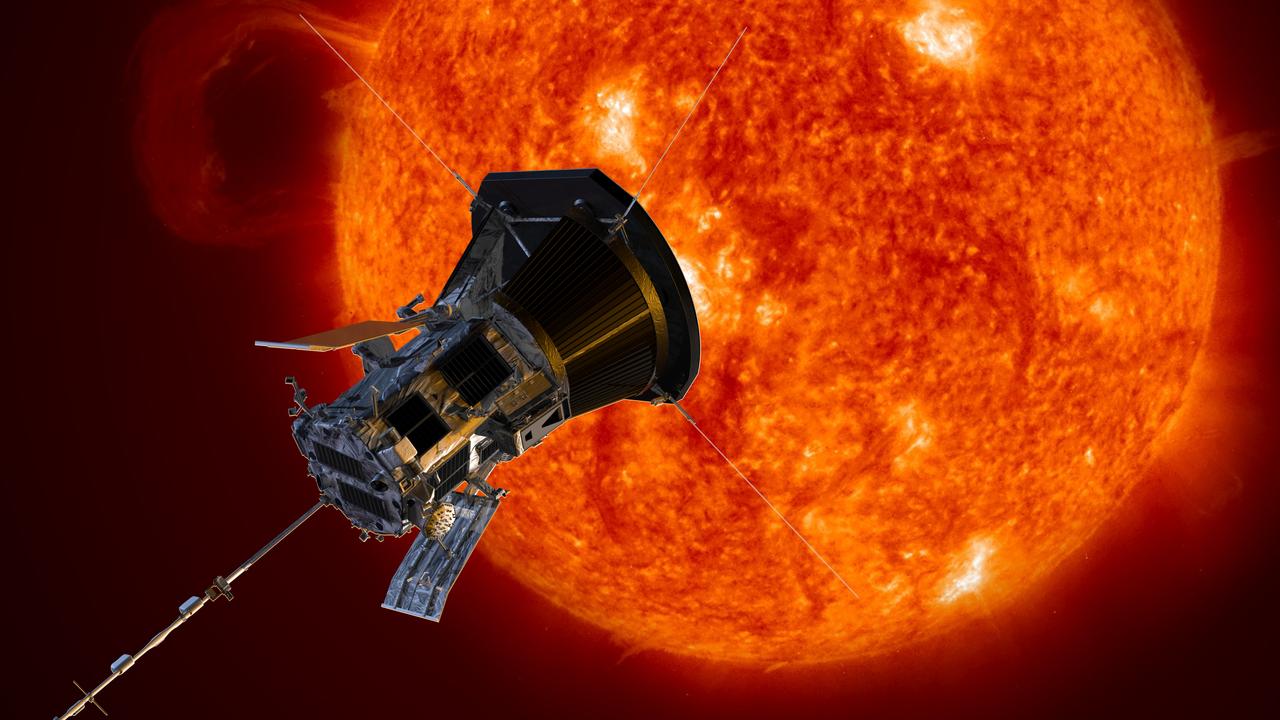Comet ISON shows signs of breaking up as it begins its close approach to the Sun
IS comet ISON - the most highly anticipated comet in years - in trouble?
IS comet ISON - the most highly anticipated comet in years - in trouble?
As the comet begins its Sun-grazing dive, astronomers suspect the surprise snowball may be beginning to fall apart.
The comet was discovered late last year and has since raised expectations of a spectacular light show early next month.
But the astronomers always gave the proviso: "If it survives its brush with the Sun".
The bundle of frozen gas, rock and dust is on a particularly tight orbit that brings it to the edge of the Sun's atmosphere.
The combined effect of gravity, erupting gasses and the swarm of superheated particles is pulling at the core of the space wanderer. Any fractures or weaknesses are likely to come apart.
Earlier this year hopes were raised the Sun-diver comet would be bright enough to become visible to the naked eye - possibly even during daylight. Such was the potential implied by the early size of its luminous tail.
Observers - both amateur and professional - now say it appears the Sun may have boiled off the best of ISON's gasses as it has dipped in brightness in recent days.
NASA's Comet ISON Observing Campaign says this may be because the nucleus has been disturbed to such a degree that it is now venting dust - not gas - into space.
ISON isn't completely dead yet. It is still being tracked as it skips along the Sun's surface.
But what emerges on the other size may be a ghost of its formal size and beauty.
How close will Comet #ISON come to the Sun on Thursday? This close (see image): pic.twitter.com/GA1i5eoAYR
— Dr. Bruce Betts (@RandomSpaceFact) November 26, 2013"From the moment of discovery, ISON has been a confusing, frustrating, dynamic and unpredictable object. In other words, it has been a very typical comet!" an astrophysicist with the Naval Research Laboratory in Washington said.
Regardless of the outcome, NASA'S ISON office declared: "(It has) provided a wonderful window into the world of comets. The full understanding of this comet and its place in the taxonomy of comets will only come in hindsight."



